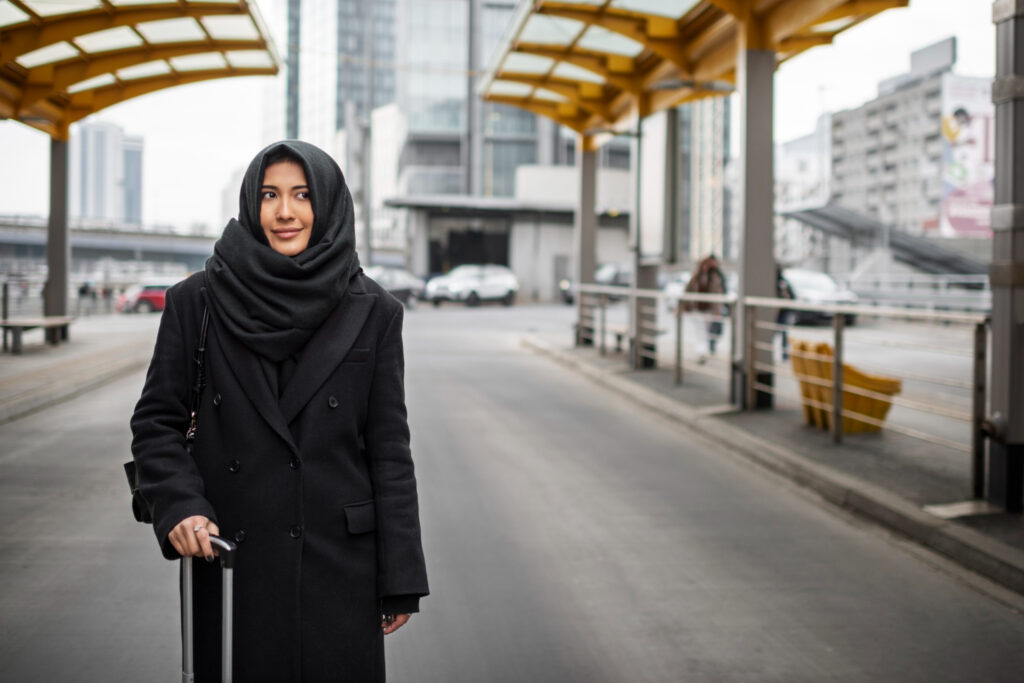The Hajj, the annual Islamic pilgrimage to Mecca, is a deeply spiritual and transformative journey that holds immense significance for millions of Muslims worldwide. This article serves as a comprehensive guide, providing Hajj process step by step overview of the Hajj process, including the rituals involved, essential tips, and answers to frequently asked questions.
Understanding Hajj
Hajj, the annual Islamic pilgrimage to Mecca, holds immense significance for Muslims worldwide. It is a journey of spiritual devotion, unity, and self-reflection. To truly grasp the essence of Hajj, it is important to delve into its historical, religious, and cultural aspects.
The Hajj is one of the Five Pillars of Islam, making it an obligatory act of worship for financially and physically capable Muslims. It is a demonstration of one’s submission to Allah and a manifestation of unity among believers. Through the rituals of Hajj, Muslims seek forgiveness, spiritual purification, and a deeper connection with their Creator.
Hajj Process Step by Step
Firstly, Ihram
The journey begins with entering the state of Ihram, a sacred state of purity and consecration. Pilgrims dress in simple white garments, symbolizing equality and unity among believers.
Secondly, Tawaf and Sa’i
Upon arriving in Mecca, pilgrims perform the Tawaf. This involves circling the Kaaba, the sacred cubic structure at the center of the Masjid al-Haram,
seven times in a counterclockwise direction.
After completing the Tawaf, pilgrims proceed to perform Sa’i. This involves walking seven times between the hills of Safa and Marwa, commemorating Hagar’s search for water for her son, Ismail.
Thirdly, Mina and Arafat
Pilgrims then move to Mina, a tent city where they spend the night in reflection and prayer. This is a time for spiritual preparation before the main rituals of Hajj.
The most critical day of Hajj takes place in Arafat. Pilgrims gather on the plain of Arafat to engage in supplication, seeking forgiveness, and reflecting on the purpose and meaning of life.
Muzdalifah and Stoning of the Devil
After sunset, pilgrims proceed to Muzdalifah, where they spend the night under the open sky, collecting pebbles for the next day’s ritual.
At Mina, pilgrims engage in the symbolic act of stoning the Devil by throwing seven pebbles at three pillars, representing Satan’s temptation of Prophet Ibrahim.
Perform the Sacrifice
Following the stoning ritual, pilgrims offer an animal sacrifice, symbolizing Prophet Ibrahim’s willingness to sacrifice his son, Ismail, as an act of obedience to God.
Lastly, Farewell Tawaf
Before leaving Mecca, pilgrims perform a final Tawaf, known as the Farewell Tawaf, bidding farewell to the sacred city and concluding their Hajj journey.
Hajj Rituals Not Included in Umrah
- Firstly, Mina and Standing at Arafat
The Day of Arafat is the pinnacle of Hajj, where pilgrims stand in supplication, seeking mercy and forgiveness from Allah.
- Secondly, Stoning the Devil
The symbolic act of stoning the Devil represents the rejection of evil and temptation in one’s life.
- Lastly, Sacrifice
The animal sacrifice symbolizes selflessness and dedication to God, reflecting Prophet Ibrahim’s devotion.
Tips for Hajj
- Prioritize Physical Fitness:
Hajj involves extensive physical exertion, so it is essential to prepare your body by engaging in regular exercise and maintaining a healthy diet.
- Pack Wisely:
Pack essential items such as comfortable clothing, a first aid kit, medications, and personal hygiene products to ensure a smooth and comfortable journey.
- Stay Hydrated:
The heat in Mecca can be intense, so it is crucial to stay hydrated by drinking plenty of water and carrying a water bottle with you.
FAQs
Q1: Is Hajj obligatory for all Muslims?
A1: Hajj is obligatory for all financially and physically capable adult Muslims, at least once in their lifetime.
Q2: Can women perform Hajj without a male guardian?
A2: Women can not perform Hajj without a male guardian, it is advisable for them to travel in the company of a mahram (a close male relative).
Q3: How long does the entire Hajj journey last?
A3: The Hajj journey typically lasts for about five to six days, starting on the 8th day of the Islamic month of Dhul-Hijjah.
Conclusion
In conclusion, Embarking on the Hajj pilgrimage is a remarkable and spiritually enriching experience for Muslims worldwide. By following this step-by-step guide, understanding the rituals, and keeping these essential tips in mind,
pilgrims can make the most of their Hajj journey, fostering a deep connection with their faith and fellow believers. May all those undertaking this sacred journey find enlightenment and fulfillment in their pursuit of spiritual growth and unity.






